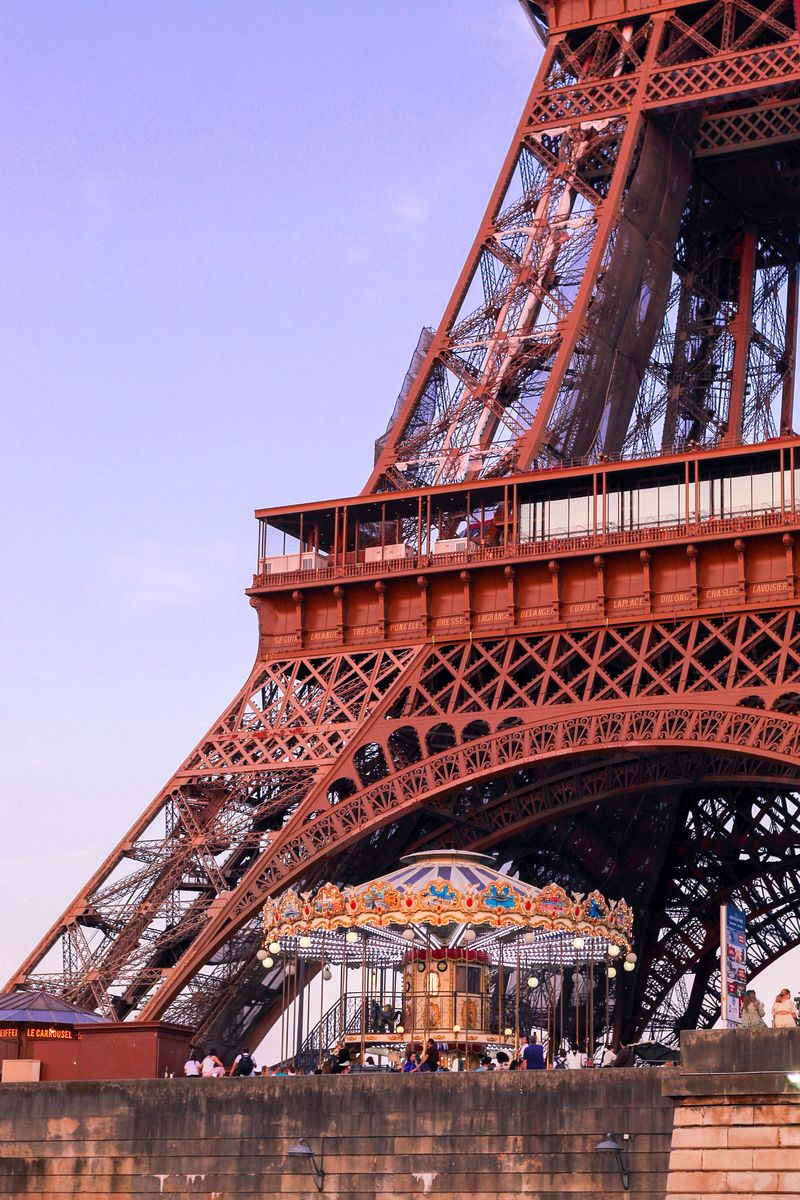Did Napoleon really shoot a pyramid? Ridley Scott says sure, why not
A Historical Epic with Explosive Moments
Ridley Scott, the renowned film director, is set to release his latest movie, “Napoleon,” this fall. The film, bankrolled by Apple, promises to be an expensive, period-piece passion project that dives into the life of the iconic French emperor Napoleon Bonaparte. The recently released trailer for the movie showcases all the elements one would expect from a Ridley Scott historical epic – horse-based warfare, dodgy accents, and captivating visuals. However, one particular scene has caught the attention of viewers and sparked a debate – Did Napoleon really shoot a pyramid?
The trailer depicts Napoleon, played by Joaquin Phoenix, blowing up various objects with cannons. Among the targets are warships, a frozen lake with an opposing army on it, and surprisingly, one of the great pyramids of Giza. This raises an intriguing question – how much creative liberty is Ridley Scott taking with the historical accuracy of the events?
Fact and Fiction in Historical Filmmaking
While there is evidence that Napoleon invaded Egypt and fought a significant battle near the pyramids in 1798, there is no record of him actually shooting a pyramid with a cannon. Historical novelist Shannon Selin, who has extensively researched Napoleon‘s time in Egypt, suggests that Ridley Scott and screenwriter David Scarpa might be mixing facts with a myth. The myth in question involves Napoleon‘s troops allegedly shooting off the Sphinx’s nose during target practice, which is unrelated to the pyramids.
According to Selin’s research, when Napoleon visited the pyramids, he challenged some members of his party to climb one of them. The winner was a mathematician named Gaspard Monge, who celebrated reaching the summit by sharing a sip of brandy with his rivals. Napoleon then calculated that the stones of the pyramids could be used to construct a 10-foot wall around all of France, a calculation that Monge supposedly verified. However, it must be noted that Monge may have been under the influence of brandy at the time.
A Visual Metaphor of Historic Significance
While the reality of Napoleon shooting a pyramid remains in question, it is clear that Ridley Scott’s decision to include the scene serves a larger purpose. Scott, known for his bombastic visual storytelling, employs this striking visual metaphor to illustrate Napoleon‘s progression from using his phallic weapons to quell revolutionaries to assaulting history itself.
By showcasing Napoleon‘s cannon fire destroying the pyramids, which symbolize history and longevity, Scott emphasizes the French emperor’s ambition and desire to shape history according to his will. This artistic choice not only heightens the dramatic impact of the film but also prompts viewers to ponder the consequences and ethical dimensions of individuals reshaping historical narratives.
An Epic Film with Creative Interpretation
It is important to view “Napoleon” as a work of historical fiction that takes creative liberties to enhance the narrative rather than a documentary-like representation of the actual events. Ridley Scott, much like other filmmakers, uses historical backdrops to explore larger themes, provoke discussions, and entertain audiences. By combining historical facts with fictional elements, these movies invite audiences to question the boundaries between reality and storytelling.
While purists may argue for strict adherence to historical accuracy, allowing filmmakers to exercise creative interpretation has its own merits. It enables the exploration of historical figures and events from unique perspectives, bringing them to life for modern audiences and sparking conversations about the relevance and impact of the past on the present.
In the case of “Napoleon,” Ridley Scott’s decision to depict the emperor shooting a pyramid with a cannon, although historically unverified, serves as a powerful metaphor for the ambition and desire of a man who aimed to reshape history. By challenging established narratives, filmmakers encourage viewers to critically engage with history, enriching the collective understanding and appreciation of both fact and fiction.
In conclusion, while there is no evidence to suggest that Napoleon actually shot a pyramid, Ridley Scott’s inclusion of this scene in his movie “Napoleon” serves a larger purpose within the narrative and prompts philosophical reflection on the nature of historical interpretation. As audiences, we should approach such films with an open mind, appreciating the creative choices made by filmmakers and using them as springboards for discussions about the complexities of history, memory, and storytelling.

<< photo by William Krause >>
The image is for illustrative purposes only and does not depict the actual situation.




